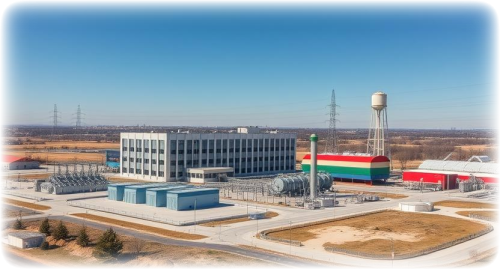Case Study: Securing Internet-Exposed Critical Infrastructure Environments

Background:
A government utility responsible for critical public services—such as water treatment and distribution—operates a SCADA system that oversees essential infrastructure. To facilitate operational efficiency and remote support, their monitoring station, which enables remote adjustments to PLCs, must be accessible via the internet. While this setup provides necessary flexibility, it also introduces significant cybersecurity risks associated with exposing critical control systems online.
Note: Due to confidentiality agreements and security considerations, the client’s specific identity has been anonymized in this case study.
Challenge:
The primary challenge was to enable secure remote access to a vital infrastructure system without compromising security or operational integrity. Fully isolating the SCADA network would be ideal, but operational and regulatory requirements made this impractical. The goal was to implement a comprehensive security framework capable of mitigating cyber threats while maintaining the necessary accessibility.
Security Approach & Implementation:
- Risk Assessment & Threat Modeling:
A thorough evaluation identified potential attack vectors targeting the exposed system, including unauthorized access, malware, and sabotage. Threat modeling guided prioritized security measures aligned with the criticality of the infrastructure. - Layered Security Architecture:
A defense-in-depth strategy was implemented, establishing multiple security layers around the SCADA system. This included strict access controls, network segmentation, and robust authentication protocols to ensure only authorized personnel could access the system remotely. - Continuous Monitoring & Anomaly Detection:
Deployment of real-time monitoring tools provided visibility into system activity and network traffic. Anomaly detection mechanisms enabled rapid identification of suspicious or malicious behavior, facilitating timely responses. - Patch & Vulnerability Management:
Regular updates and security patches were applied across all system components, reducing exploitable vulnerabilities. Routine vulnerability scans helped proactively identify and address emerging threats. - Configuration Hardening:
System configurations were hardened by disabling unnecessary services, enforcing strong authentication policies, and encrypting data transmissions—minimizing attack surfaces and enhancing resilience. - Incident Response & Recovery Planning:
A tailored incident response plan was developed, tested, and refined to ensure quick containment and recovery from security incidents, minimizing disruption to critical public services. - Staff Training & Security Culture:
Personnel received cybersecurity training focused on secure remote access practices, threat recognition, and response procedures, cultivating a security-aware organizational culture.
Outcome:
By adopting this layered security approach, the utility successfully balanced operational needs with cybersecurity resilience. Despite the inherent risks of internet exposure, the organization maintained secure, reliable control over their critical infrastructure, safeguarding public health and safety.
Broader Implications:
This security framework offers a scalable model for other government agencies and public utilities managing critical infrastructure. As remote management becomes more common, implementing comprehensive, defense-in-depth security measures is vital to protect national infrastructure from cyber threats.
Conclusion:
While minimizing internet exposure remains the best practice, operational realities often necessitate remote access. This case demonstrates that, through a structured, layered security strategy, government utilities can effectively secure their critical systems—ensuring operational continuity and public safety in an increasingly connected environment.
